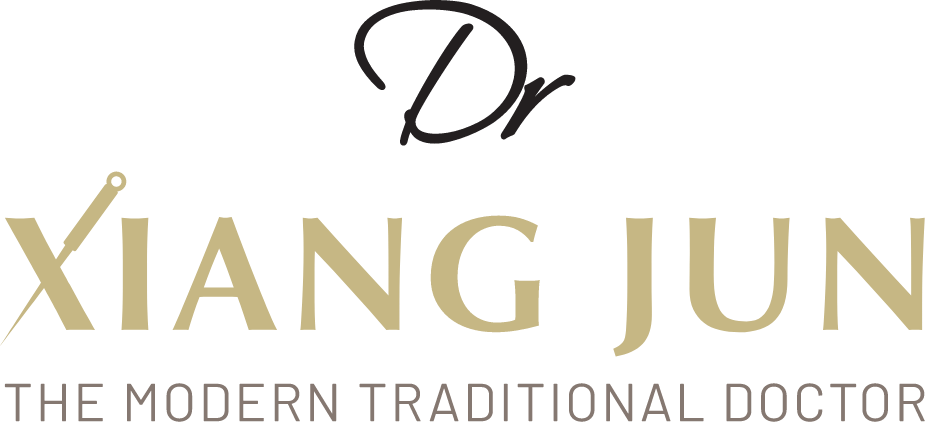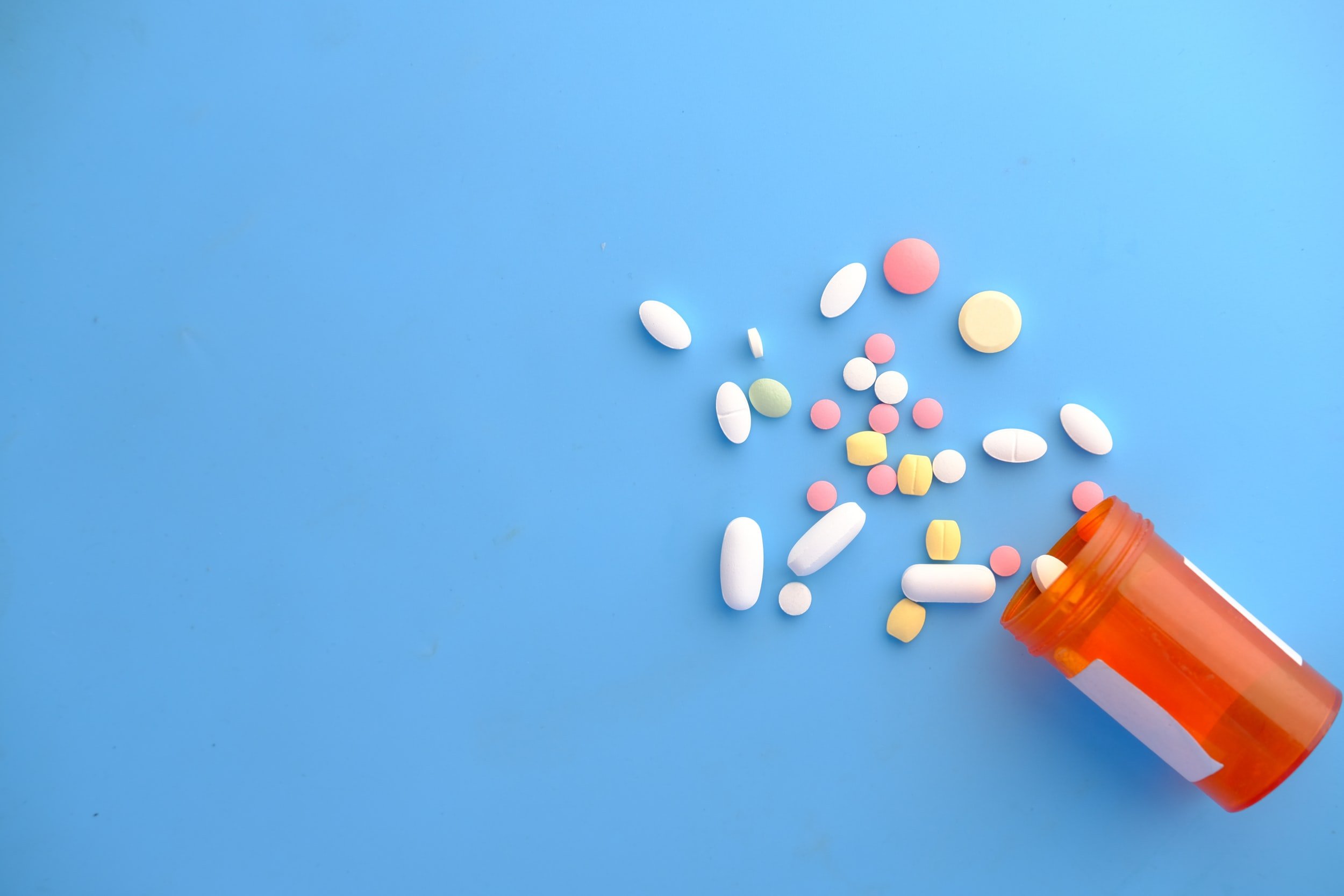Ovarian Cysts and Dampness
In my other past articles, I have talked about how it is not normal to have cysts and fibroids. These
conditions have been so common among ladies that many would think that it is normal to have cysts and
fibroids somewhere along the line in their womanhood. This is a wrong view.
In my blog post about everything you need to know about Dampness, I have mentioned quite a fair bit of
how dampness can result in many illnesses and health conditions, so in this article I will focus on the
common health conditions that women are suffering from but are casually brushed off as normal because
all their peers have it. Let us start with ovarian cyst.
What are Ovarian Cysts in Western Medicine
Cysts are closed capsules or sac like structures that are classically filled with liquid, semi solid or gaseous
material. They are much like blisters and can occur in any part of the body.
When the cyst occurs in the ovary in which fluid accumulates within a thin membrane, it is called an
ovarian cyst. The size of ovarian cyst can be as small as a pea to as large as the size of a baby’s head.
Usually ovarian cysts are small, harmless and occur most frequently in reproductive years. In the
occurrence of ovarian cysts, no signs and symptoms are prominent, but they can sometimes cause pain
and bleeding.
Types of Ovarian Cysts in Western Medicine
There are essentially two main types of ovarian cysts, functional and pathological.
Functional ovarian cysts occur in the menstrual cycle period and can be divided into follicular cysts and
luteal cysts depending on which phase of the menstrual cycle that the cysts appear.
Pathological ovarian cysts can be divided into two kinds namely dermoid cysts and cystadenomas.
Dermoid cysts are formed from the cells that make eggs and are common for women below 30 years of
age.
Cystadenomas are formed from cells that span the outer part of the ovary and are usually attached to the
ovary by a stalk. Because they are growing outside the ovary, it is possible that these cysts can grow quite
big. Cystadenomas are seldom cancerous but they are common among women aged over 40 years old.
About Polycystic Ovarian Syndrome PCOS
Polycystic ovarian syndrome (PCOS) is characterized by endocrine and ovarian disorders that can have an
effect on the quality of life of women that are of reproductive age. Some of the disorders in PCOS can be
amenorrhea or absence of menstruation, hirsutism or excess hair growth at mouth and chin especially,
and enlarged ovaries with multiple cysts.
Patients with PCOS also often have accompanying health conditions such as acne, hair loss, obesity,
insulin resistance/type II diabetes mellitus, dyslipidemia, hypertension and cardiovascular diseases,
infertility or cancer.
Causes of Ovarian Cysts in Western Medicine
-Hormone changes: hormonal imbalances and hormone replacement pills that forces ovulation can result
in the formation of especially functional cysts.
-Endometriosis: A kind of ovarian cyst by the name of endometrioma can form together with the condition
of endometriosis. This is as a result of endometriosis tissue attaching to the ovary and form a growth.
-Pregnancy: an ovarian cyst that forms in early pregnancy for support of the pregnancy before placenta is
formed may stay on later in the pregnancy.
-Pelvic infections: pelvic infections can spread to ovaries and fallopian tubes and result in the formation of
cysts.
Signs and Symptoms of Ovarian Cysts
Most ovarian cysts are symptomless and even if symptoms are present, they may be from other
accompanying conditions such as endometriosis. Nevertheless possible signs and symptoms can be:
-irregular and painful menstruation
-pain in pelvis during or after sexual intercourse
-bowel problems such as pain during bowel movement, pressure in bowels or frequent need to pass stool
-swelling, bloating and heaviness in abdomen
-difficulty in urinating fully or the constant feeling of needing to urinate frequently
-hormone imbalances presentations such as hair loss or abnormal body hair growth, mood swings
Treatment of Ovarian Cysts with Western Medicine and their Side Effects
Wait and Watch
The protocol for ovarian cysts that are small (2 to 5cm) and functional and for women that have not
undergone menopause is usually wait and watch for at least a month or more. An ultrasound scan will then
be done to check if the cysts are resolved naturally by itself.
Hormone Birth Control Pills
Hormone birth control pills are prescribed not to
cure the ovarian cysts but to lower the risks of
new ovarian cysts from forming in future
menstrual cycles.
Side effects: Hormone birth control pills will
usually mess up the entire hormone glandular system which is highly intricate and sensitive. Patient can
become dependent on the hormone birth control pills.
Surgery
The criteria for surgery recommendation are if the ovarian cysts are presenting symptoms such as pain or
menstrual irregularities, the size of the cyst is large and/or appear to be growing, remains through 2 to 3
menstrual cycles of observation period and does not look like a functional cyst.
Side effects: The number of primary follicles will be reduced significantly post surgery and can affect
ovulation and fertility in the long run.
What are Ovarian Cysts in Traditional Chinese Medicine
Traditional Chinese Medicine has a long history of treating ovarian cysts. In Traditional Chinese Medicine,
ovarian cysts belong to the categories of “zheng jia” (症瘕) and “ji ju” (积聚). In summary, Traditional
Chinese Medicine views ovarian cysts as aggregates of stagnations in the body, either in the Qi (energy)
system or Blood system.
Types of Ovarian Cysts in Traditional Chinese Medicine
The types of ovarian cysts in Traditional Chinese Medicine are based on differential syndrome diagnosis
which groups the different types of ovarian cysts in accordance with the pathophysiology of how these
cysts are formed.
The most commonly seen syndromes of ovarian cysts are Phlegm and Blood Stasis Syndrome and
Retention of Phlegm and Dampness Syndrome.
The underlying factor for ovarian cysts is usually Phlegm and Dampness, with the fact that Phlegm is the
thicker form of pathological factor originating from Dampness.
How Dampness is Highly Related with Ovarian Cysts in Traditional Chinese Medicine
As mentioned at the start of this post, cysts are closed capsules or sac like structures that are classically
filled with liquid, semi solid or gaseous material. The presence of liquid in these structures indicate that
there is definitely blockages and stagnations from dampness and phlegms.
As mentioned in my article on Everything you need to know about dampness, the origination of dampness
comes mostly from an impaired functioning of the digestive system. This is mostly from the frequent
intake of cold foods, sugary foods, processed foods which have a higher probability of not being fully
digested and be transformed to dampness rather than energy in the already weak digestive systems of
people today.
And because ovarian cysts lie on the path of the Liver meridian, any form of disruptions to the circulation of
Liver such as stress, anger, hormonal imbalances can cause the internal dampness to be stuck along the
pathway of the Liver meridian. Hence when the dampness is stuck at the ovaries, they will develop into
ovarian cysts.
Treatment of Ovarian Cysts with Traditional Chinese Medicine
Acupuncture
Acupuncture with the right techniques and acupoint formulas can help to regulate the Liver Qi and move
the circulation at the ovaries which lie on the Liver meridian and also metabolise and clear the Dampness
that are stuck in the cysts.
In science, acupuncture modulates the activity of the somatic and autonomic nervous system which then
regulate the metabolic and endocrine functions of the patients with ovarian cysts.
Read also how TCM and Acupuncture treat PMS here.
Herbs
Herbs such as Astractylodes Lanceae Rhizoma, Cyperi Rhizoma, Pinelliae Rhizoma, Citri Reticulata
Pericarpium, Poria resolve phlegm, eliminates dampness, dissipates masses and relieves depression.
Read about Herbs that can help clear dampness and improves digestion that can help with cysts and fibroids here: Congee, Sweet Potato, Corn Silk, Barley, Millet.
Conclusion
Ovarian cysts are presentations of hormonal imbalances in women from a Western medicine perspective.
From a Traditional Chinese Medicine perspective, dampness and phlegm are the basis for the
pathophysiology of ovarian cysts.
The solutions from Western medicine can be passive, invasive and with multiple accompanying side
effects. Traditional Chinese Medicine has solutions that solve the root of the issue through natural methods
that do not invade nor create new problems. The only requirement is for one to seek treatment early with
Traditional Chinese Medicine rather than to wait it out and have the cysts to grow to a size that are
unavoidable for surgery.
Read how TCM and Acupuncture treat PCOS here.
Read more on how TCM and Acupuncture treat Infertility, Polycystic Ovary Syndrome, Endometriosis, Fibroids, Recurrent Miscarriage, Menopause., Menopause and Adrenal Fatigue, Menopausal Hot Flashes, Postmenopausal Osteoporosis, Breast Cancer, Is Menopause A Suffering.



